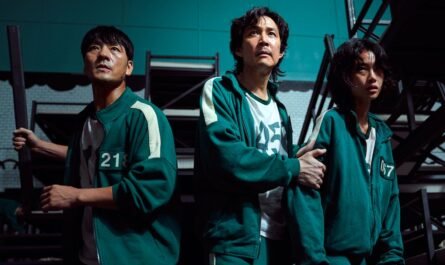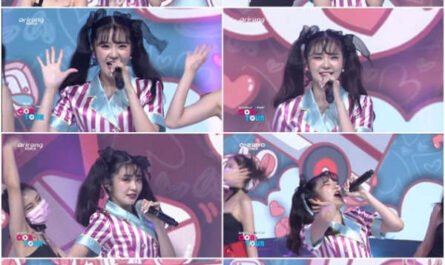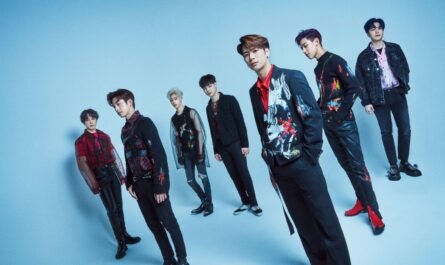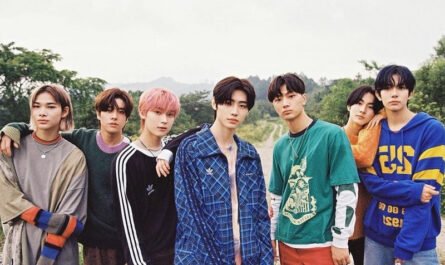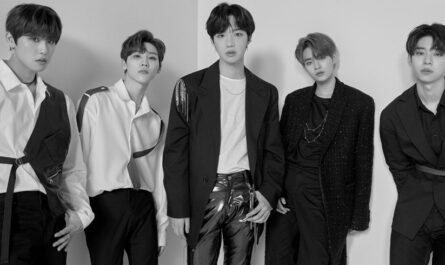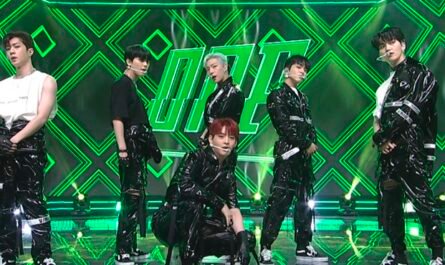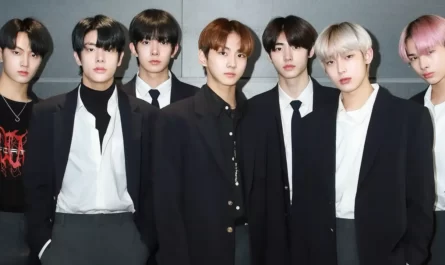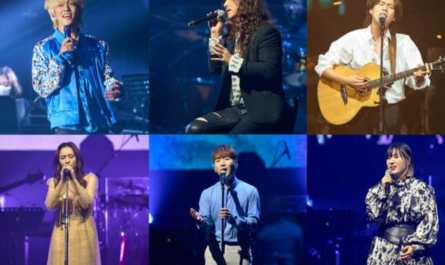The contact point between idols and children’s content is increasing. Idol NCT Dream collaborated with Pinkfong, famous for ‘Baby Shark’, and sang ‘Dinosaur ABC.’ Recently, while reinterpreting the hit song ‘Hot Sauce’ as Pink Fong, the members were reborn as Pink Fong version characters. The character Cocomong said, “I want to become a girl group like Kim Lip (Loona Girl) older sister.” He visited LOOΠΔ and released the music video for ‘Yum Yum’ together and officially released the soundtrack. Oh, My Girl and Pororo have been collaborating with Pororo since last year under the title of ‘Pomai Girl.’ Pororo’s ‘Banana Chacha,’ sung by Momoland, is a massive hit in this field.
It is also noteworthy that artists with proven child-friendliness are selected for this collaboration. In ‘Po My Girl,’ Pororo’s original song is sung by Oh My Girl, and Oh My Girl’s song is sung by Pororo, like an ‘exchange diary.’ The selection of pieces also seems to fit the project characteristics rather than just the latest or hit songs. In short, a much more in-depth plan is being made than the level that it is enough to cause a topic.
What idols want is to approach the younger public in a friendly way. The power of growing together with the support of young fans is well illustrated by the examples of BTS and Twice. Pinkfong and Pororo are ‘sound source powerhouses’ with many hit songs and music videos. The opportunity to directly collaborate with the idol industry is its charm as many parts use K-Pop writing methods. As a highly skilled vocalist, choreographer, and entertainer, as a ‘three-dimensional character,’ it would be an advantage that idols would not like to miss. In addition, there is a possibility to extend branches in very different directions, including behind-the-scenes videos, entertainment content, and even character goods.
There is also a cautious view. When K-pop targets children, it is not uncommon for inappropriate scenes to be played to the fullest. To some, child objects seem to be lightly understood as just an opportunity to try kitsch and entertaining content. This is the case for retro sounds irrelevant to the experiences of the actual children’s generation or issues where enough passages are not filtered out to read sexual connotations. The idol format ‘Kids Idol’ composed of elementary school-age appeared quite a bit, but many unfortunate cases where even the inappropriate parts of adult idols were imitated. Even simple costumes and choreography are often a bit disappointing in the context of children’s content in the K-pop industry. Roughly speaking, we have yet to get an answer to the question of ‘how should K-pop for children be?’
There is a classification of music called ‘family-friendly’ It has nothing to do with whether the melody or sound is ‘agitated.’ It refers to sound music that does not contain violence, sex, drugs, or profanity. K-pop may be mostly sane to the western eye, but we should have a more delicate vision than that. I would like you to think about K-pop specifically for children. With 25 years of K-pop history, it is not too early to worry. It is hoped that a pleasant and extraordinary collaboration between idols and children’s content will draw guidelines for this topic.


